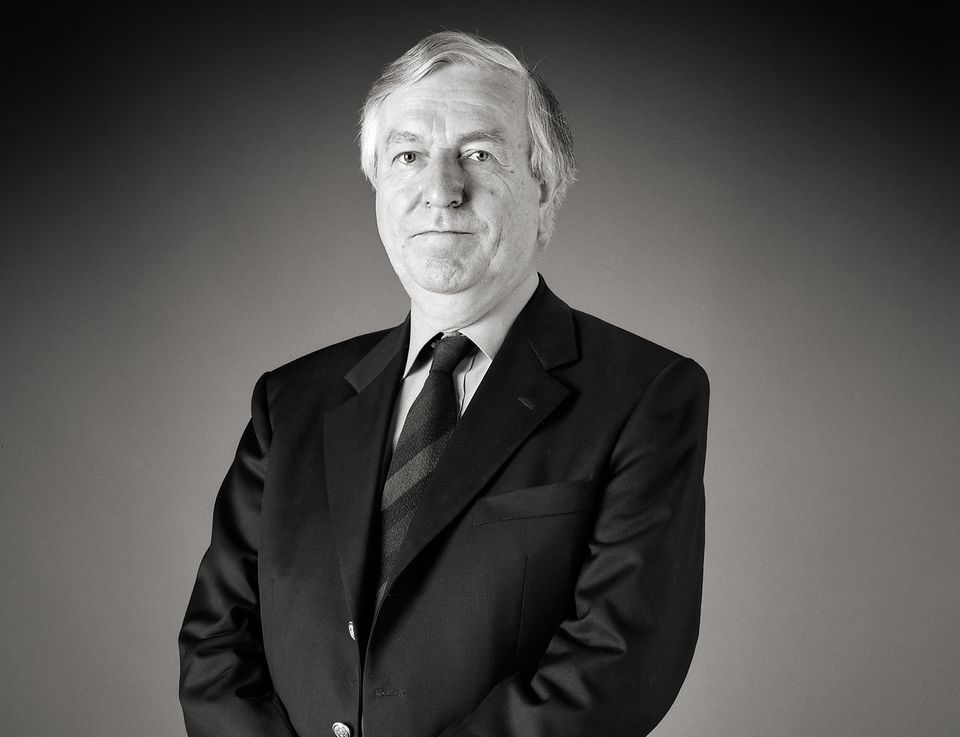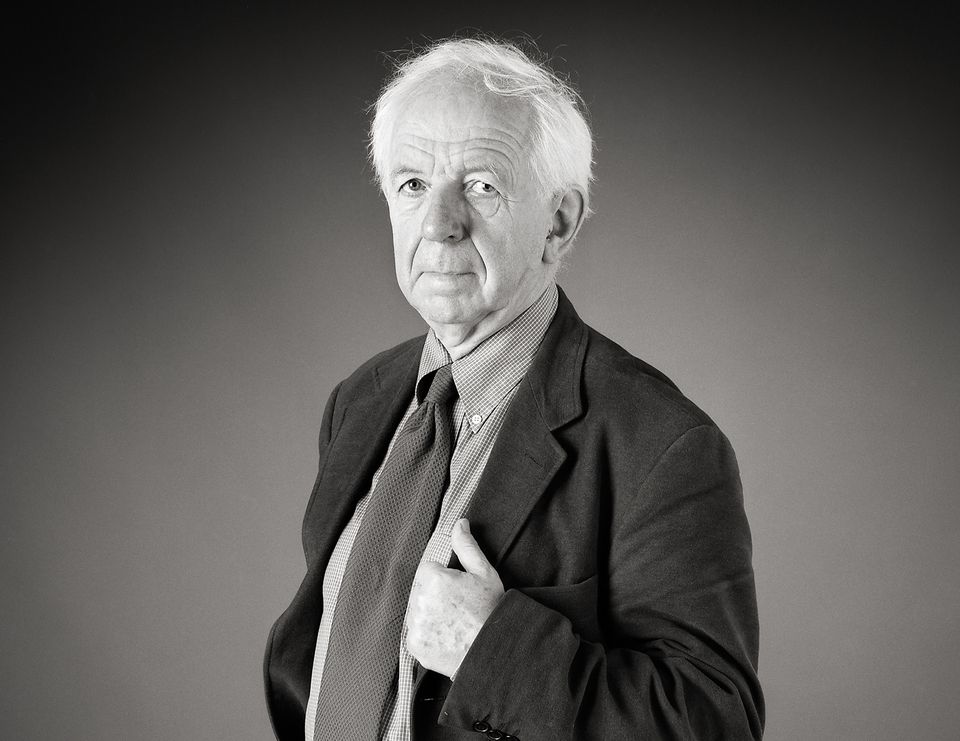Stephen Bann explores the significant tensions that existed between architects and painters in the French Academy after the fall of Napoleon, and how various aspects of the conflict relate to the broader issues of artistic theory and practice as they developed over the Romantic period in France. On 26 December 1829, Horace Vernet, the recently appointed director of the French Academy in Rome, wrote at length to the secrétaire-perpétuel of the Académie des Beaux-Arts in Paris, Quatremère de Quincy. Of the prize-winning students completing their studies in Rome over the previous year, two had had their “envois” very frostily received by the home academy: the architect Henri Labrouste, and the sculptor Charles Seurre. The correspondence between Vernet and de Quincy escalated into a prolonged altercation, which is significant on two levels. On the one hand, it speaks to deep-seated conflicts that continued to affect, not just the relations of Rome and Paris, but the internal debates and projects pursued within the Académie des Beaux-Arts over the succeeding period. On the other, is reflects the administrative transformation of the Institut that had laid the groundwork for the conflict, following reforms first in 1795 and then again in 1803, which welded the academies of painting and architecture into one and strictly limited the scope of membership.



